Last year, 2022, the USFS made the management decision to slash permit number from a daily quota of 285 permits per day down to 248. That number, 285 has been more or less the status quo stretching back to the 1993 Management Decision which reduced the permits quota from 362 to 280.5. With the 1991 visitor use survey, the Forest Service began a process of solving some of the visitor concerns. The process involved lengthy discussions with cooperators/outfitters and with the public. During the deliberation, six different plans were proposed (with some subsequent amendments.) These plans each played off different strategies of how management decisions limit the visitor impacts without destroying visitor interest. There’s so many projections and methods to the process but, at its most basic, the amount of visitors allowed by the quota are based on the number of campsites, the number of possible routes, and how effectively people can spread out. Reducing impacts comes down to a handful of different theories. Theory one is to reduce the number of people who use the wilderness which originally meant establishing a permit quota and then subsequently reducing that quota to match management objectives. This also meant capping the number of people allowed per permit which currently sits at 9 people per group. Theory two is spread out the impact by maintaining as many routes as possible and making more campsites. The problem is that this also spreads the impact out across the wilderness, bringing up issues of “if everything is developed, how much is actually wild.” This also costs money and staff, two things perpetually in short supply. The third theory, in contrast with number two, is to confine people as much as possible. Instead of sacrificing the entire wilderness, choose some entries to be scapegoats essentially. Close down a bunch of entry points and campsites thus making a huge part of the wilderness more difficult to get to and reducing the impact on those areas. In turn, the entry points left open see far higher traffic and far higher impacts, but the cumulative impact across the wilderness is limited. And finally, theory four is spread the people out artificially. If twenty canoe groups start their day at Moose Lake and all of them are trying to make it to Knife Lake, they will likely be competing for the same campsites on night one. Spreading these groups out artificially involves permit quotas (moving prospective groups to other entries or other days) but also involves the use of tow boats at certain entry points. Tow boats essentially speed certain groups up so they hopefully move further into the wilderness and are not competing for the same sites as the others. This remains a controversial topic stemming back to concessions made during the ’78 BWCA Act and before with some calling for no motors at all while some would love to see it return to a free-for-all. Without wading deep into that discussion, tow boats are seen as one way to spread groups out artificially.
Obviously these are not the only management theories at the USFS’s disposal, but these four theories were heavily vetted amongst the six management plans discussed during the early 1990s. In the following paragraphs, I’d like to examine the different suggested management plans, the plan finally chosen, and what the BWCA (and current management decisions) could have looked like if a different plan had been chosen in 1993. It should be prefaced by mentioning that the USFS defined the issues at hand as follows: “The alternatives are structured around visitor use levels (Issue #1) and the facilities necessary and appropriate for visitor use (Issue #3). The costs and benefits (Issue #4) are considered as an effect or consequence of each alternative. Ecosystems management (Issue #2) is discussed in each alternative, but is not the basis for developing alternatives.” Each alternative also references a tool called the Entry Point Quotas by Computerized Travel Model referred to as EIS (environmental impact study) numbers. The EIS numbers are essentially a computerized model for calculating which campsites are impacted by which entry points by categorizing them into travel zones (TZ numbers), where people travel from different entry points, and, by extension, the maximum capacity for each entry point. These are the numbers on which our current permit quotas are based. This model was created in 1971 and updated many times since, but each of the management plan options references these numbers in terms of how the number of permits fill the projected capacity.
Alternate 1 was the management strategy leading up to the 1993 decision. These were the standards set in 1980 in the wake of the 1978 BWCA act which really shifted many of the forest service management objectives. These were the data and user-feedback generated numbers for their time, but with observable issues in 1991, the belief was that these numbers needed updating. “In Alternative 1 there are 2,039 campsites and the capacity of travel zones is set at a mixture of 85% and 67%, the same as in 1980. Entry point quotas are limited to 382 overnight groups per day for the period from May 1 to September 30. Because of changes in travel patterns since the previous revision of quotas, occupancy of some travel zones exceed 120% of capacity when quotas are filled for three or more consecutive days. Overnight motor quotas are set at 2,561 per year (May 1 to September 30) and day-use motor quotas are set at 10,169 per year (May 1 to September 30). Towboats are authorized. Towboats compete for and use day-use motor quotas. Special use permits are not required. A visitor permit for overnight (camping) use is required during the period from May 1 to September 30. There is no limit on the number of watercraft per group. Group size is 10 persons. There are 62 entry points for water based travel. There are 178 miles of portages and 16 designated hiking and skiing trails, totaling 183 miles.” Had this management plan status quo been maintained, it’s relatively clear that the negative visitor impacts would have continued to grow exponentially. In thinking about our current management puzzle, 2020’s issues involved 100 fewer groups per day than the maximum capacity of the pre-1993 management plan. Consider that! Saganaga, an entry point which was cut from 20 entry permits to 15 in last year’s reduction, had 32 entry permits a day in the early 90s. Moose, the busiest entry in the BWCA, went from 35 entry permits a day down to 27 after the ’93 management decision. Fall Lake was likely impacted the most as the 93 plan reduced it from essentially 32 permits a day down to 14. Considering how busy some of these entries feel today, it’s amazing to think what 50% or even 100% more groups would feel like. It was clear that the status quo had to change.
Alternate 2 had two different options. Essentially, the goal of alternate 2 was to “redistribute current use away from busier travel routes and entry points” while 2A was “the unconstrained travel model result. It forces groups in the entry points that are most efficient in terms of accommodating use without reaching the travel zone capacity.” Option 2 was a business friendly option which didn’t reduce that many permits (about 15% for option 2 and 9% for number 2a, comparable to 2022’s reductions.) Both options maintained the status quo of 10 people and unlimited watercraft per permit and both added some motor permits. Notably, 2A would have seen widespread entry point closures (essentially theory 3 from the solutions above.) However, interestingly enough, 2A would have mandated the reopening of the then-unmaintained Sioux Hustler trail (a trail which eventually was reopened anyways.) The plan also called for the removal of canoe rests by 1995, a controversial topic I’ll delve into more later in the article. This plan was ultimately shot down because any discussions of entry point closures were met with stiff opposition. Every entry point has its supporters and its critics and any closures disproportionately hurt some community economies and some outfitters over others. In any case, major entry point closures would have had major implications on the BWCA today. I believe we would still be having discussions about user impacts, full campsites, and rule-breakers, but it would just be in fewer entry points had this plan been carried out.
Alternate 3 “lowers visitor use levels to 67% capacity for all travel zones and was the preferred alternative in the draft EIS.” This would have cut permits down to 276 permits per day (not that far off from the number they ultimately decided on.) It would have closed 200 or so of the most impacted/overused campsites. This option would have also reduced overnight motor permits by 600 a year and day permits by nearly 3000 permits a year. It would have put tighter regulations on tow boats as well. Interestingly, this options would have reduced the group size from 10 down to 6 which would likely hurt camp-style groups the most which rely on group sizes to maintain their staff to camper ratio. This number ultimately proved too low, and was rejected. This management plan would have continued not to maintain the Sioux Hustler and would not have maintained either half of the Pow Wow trail. The trail maintenance note is interesting in retrospect because most BWCA trail maintenance today is volunteer-led. The Pow Wow, in particular, was drastically changed when 98% of it burned in the Pagami Creek fire of 2011 after which a major volunteer movement reopened it. This plan also would see the removal of portage rests by 1995. If this plan had gone through, it would have drastically shifted the tripping landscape. Groups would be mandated to be smaller which would mean more large groups would be pulling multiple permits and splitting up. This would, as I mentioned, force camps to hire more staff to compensate for having to send out smaller groups. The theory behind reducing the number of people in a group, or capping it at all, is because a larger group tends to take up more space at portages and at campsites. If a group of two sets up one tent that doesn’t impact a campsite that much. One or two prime tent pads form and keep getting used. If a group of twenty stay there though, they may require 4 or 5 large tents which would open far more of the surrounding woodland as tent pads leading to more plant destruction and erosion. The reduction to six in a group was a sizable step towards that philosophy.
Alternate 4 and 4a strongly commit to theory two in the management strategies above which is to say that they follow the mindset that more visitors equals more people enjoying the resource and more tourism profits into local communities. If there’s a problem with visitor impacts, just make more space for those visitors. As the document puts it “Alternative 4 maximizes recreation use by leaving some of the marginal campsites that were eliminated in alternatives 2 and 2A and allowing the capacity of all travel zones to be set at 85%. Alternative 4A maximizes recreation use even more than Alternative 4 by leaving all existing campsites in place and adding 270 potentially new campsites and by allowing the capacity of all travel zones to be set at 85%.” Option 4 was obviously the more conservative of the two. Along with adding 270 campsites in 4a, it would have also jacked the entry permits a day up to 462 essentially putting those travel zone capacities at 85% every single day. For perspective, that’s 85% more groups a day than our current permit numbers. This would increase motor boat permits and 4a would have left tow boats without a cap though they would still need special permits. All trails would be reopened and portages rests would remain in alternate 4a. To me, this plan never would have stood, but it is the one that most emphasizes tourism and maximizing recreation. This would have only increased the impact on the wilderness area and exacerbated any issues noted in the impact study. It’s fascinating to note as an extreme in one direction though. This option was dramatically opposed by environmental groups and wilderness advocates.
Alternate 5 and 5a were the opposite of 4. If 4 was an extreme swing towards recreation 5 was an extreme swing towards preservation. According to the document “Alternative 5 minimizes recreation use by removing many marginally acceptable campsites and limiting the capacity of all travel zones to 50%. Alternative 5A further minimizes recreation by removing all campsites that do not meet LAC standards and limiting the capacity of all travel zones to 50%.” Basically, this plan would dramatically reduce the number of visitor per day (theory 1), cutting permit quotas down to 187 for 5 and 144 for 5a. That would have been a massive, and likely catastrophic, reduction in permits for the business health of local outfitters. From a management perspective, this was the most environmentally motivated option, but it would have been detrimental to the recreational aspect. Any campsite which was showing major degradation would have been closed with 400 closures in 5 and 800 closures in 5a. This option would have also banned tow boats and cut motor permits in half. This also would have shrunk the group size cap to 4 persons. Probably most incredibly, the entry points Moose River south, Little Indian Sioux south, Stuart River, North Kawishiwi, Isabella Lake, Bower Trout, Morgan, South, Pine, John, Little Isabella, and Larch Creek would have all been shuttered along with the major permit cuts at other entry points. To me, as much as I believe alternate 4 would be detrimental to the wilderness, I believe this would be detrimental to people’s love of the wilderness. I also believe this would have been such a dramatic swing that it would have only increased the number of rules infractions and people just outright ignoring regulations. Not surprisingly, this saw massive push-back from the outfitters and moved the discussion more towards alternate six.
Alternate 6 was more of a middle ground calling for a couple hundred closures of the most-impacted campsites, a reduction of permit quotas to 276 a day, a reduction of motor permits by about 25%, tow boats would be limited and regulated, group size would be capped at 3 watercraft and 8 people, Morgan lake ep would close, canoe rests would be removed, and the Sioux-Hustler would stay unmaintained.
In the end, concessions were made and Alternate 6a was chosen with modifications to Alternate 6, setting the standard that many of us have been familiar with for the past 30 years. It was clear in the discussion period that none of the plans above would make everyone happy. In particular, closing entry points was a heated topic. As such, only one entry point would close: Four Mile Portage. In fact, with the closing of the truck portage, Four Mile went down hill anyways and merging it into Fall made enough sense. Almost no campsites ended up closing which is unusual considering almost every proposed plan called for some closures. Some eventually would get moved and a few would close and a few would open, but no dramatic changes like some of the alternates would have proposed. TZ capacity went to less than 67% across the board with permit quotas dropping to 280.5. Watercraft went to 3 per group (a number which would later be amended to 4.) Group size dropped to 9 from 10, a small shift. Motor permits were reduced by 25%. Tow boats were limited to the number of businesses in operation in 1992. And the Sioux Hustler would be allowed to be reopened essentially at the manager’s discretion. Did the 1993 management plan fix all the problems with managing the BWCAW? No it did not. Did they meet all the objectives outlined in their initial issue statements? No they did not. And that’s what’s so complicated about managing an area like the BWCA and those challenges stretch from the earliest suggestions of a paddling area and reach to today and beyond. Every decision to manage this wilderness area will impact some people more than others. Take portage rests, portage markers, and picnic tables for example. Some people were appalled that the Forest Service would dare remove such conveniences while others saw it as an intentional step towards letting the wilderness area actually be a wilderness area with as little structure as possible. And even last year’s permit reduction definitely hurt some cooperators more than others. Beyond that, every management objective contradicts others. Should the BWCA be managed for its recreation potential or for its wilderness quality? Should BWCA lakes be managed for the fish we want to catch or for the ecological integrity of the system? Should portages and campsites exist and be continuously maintained or should the wilderness be left to whatever happens? Any management decision will come with controversy and challenges. 1993 was no different and plenty of opposition to the final plan followed in its wake (See: https://digitalcommons.du.edu/cgi/viewcontent.cgi?article=1860&context=dlr) and last year’s comparatively minor cutting of permits saw its share of disagreement. It’s part of the endlessly controversial and complicated history of this marvelous, one-of-a-kind area. From the beginning till now, there’s no shortage of upheaval. As 2022 saw the USFS make another step towards changing the management of this wilderness just a little bit more, I personally am forced to step back and think of the perspective. This wilderness exists on compromise. And little by little as Ely/Grand Marais/and the broader world around us changes, so too does the ways in which we interact with this special place. As we look to the future and inevitably more discussions and more changes come to the BWCA, I think about the past. I think about how far we have come and plenty of those steps were painful. But when I see anger stemming from the way the wilderness was harmed in 2020 and 21, I try not to be too distracted by it. We’ve had these discussions before and changes were made and hopefully we made progress, and so it will be again. As I take my trips into the BWCA all I can ultimately control is me and the ways I make this special place just a little bit better. And hopefully, just hopefully, I can help inspire other people to do the same.
Sources:
Recreation.gov
https://hypertextbook.com/facts/2002/BogusiaGrzywac.shtml
https://www.pewresearch.org/internet/fact-sheet/mobile/
https://www.fs.usda.gov/Internet/FSE_DOCUMENTS/fseprd906761.pdf
https://winapps.umt.edu/winapps/media2/leopold/pubs/273.pdf
https://queticosuperior.org/blog/charts-who-when-and-how-many-people-are-going-to-the-boundary-waters/
https://www.mprnews.org/story/2022/01/14/forest-service-announces-13-percent-cut-in-boundary-waters-entry-permits
https://www.fs.usda.gov/Internet/FSE_DOCUMENTS/fseprd987448.pdf
And the USFS Final EIS – 1993
Sign up for our newsletter to receive updates about new articles, great deals, and information about the activities you love and the gear that makes them possible:
Have You Read Our Other Content?
The 12 Longest Portages in Canoe Country
The act of portaging between two waterways is usually, understandably, an intentionally short affair. Paddle to the closest point between two water bodies and then portage. This doesn’t make it easy or “type 1 fun” every time, but it’s the burden we bear for wilderness travel. Some portages stick with us whether they are steep…
Echoes of ’93 – Managing a Complicated Wilderness
“There is currently too much visitor use in some areas of the BWCAW on some days. Excessive use results in the following impacts: Off-site camping on non-designated sites which impacts vegetation, soils, and heritage resources. Some designated campsites and portages are too heavily impacted based upon our LAC inventory data. Approximately 85% of all existing…
Flying South – Where Do the BW’s Birds Go?
Every winter, the forests of canoe country fall silent as so many of the sounds of summer fade with the season. With the coming of winter’s chill, many of the birds that call these wild shores their summer home head south to milder wintering grounds from the rivers of southern Minnesota, the southern states, all…
The BWCAW Permit and Visitor Use Report
At the end of July, last year’s visitor use report was published by the USFS. It notes current statistics and trends in visitor numbers and activities. It also provides a unique benchmark which, along with past visitor surveys (and more major studies from 2007, 1992, and 1969) gives a glimpse into the people utilizing the…
Finding Solitude in the BWCAW
Though the Boundary Waters is the most visited wilderness area in the United States, it’s refreshingly empty compared to most national or state parks and seldom feels crowded. For many, the occasional encounter with another group is no big deal. But all of us dream about wilderness solitude at some point in our outdoor career:…
The Comprehensive Guide to Portaging Like a Pro
We all took our first portage somewhere. From those first tender rods on wobbly legs, we each struggled to carry all our gear from lake to lake. For many of us, this was also a time of questions: “Why did I bring so much gear?”, “Why is my canoe so heavy?”, “Am I in good…
From the Boundary Waters to Superior – How the Water Falls
The Boundary Waters are one of the premier destinations in Minnesota and across the Midwest, but, as far as water is concerned, the Boundary Waters are not the end of the journey, but the beginning. Most people enthusiastic about the Boundary Waters know that it is divided into two watersheds along an invisible line known…
The Ten Most Challenging BWCA Lakes to Visit
The Boundary Water Canoe Area Wilderness encompasses over a million acres and 1100 named lakes interconnected by portages and streams, but sometimes that vast expanse can feel a little cramped, especially along entries where larger numbers of groups congregate. For the cynic who feels the BWCA is lacking some inherent quality of wilderness in this…
Three Generations of BWCAW Rules Videos – Side by Side
It’s as ubiquitous of an experience as one can find tied to a canoe trip into the Boundary Waters, and the memories of it are deeply rooted in my childhood as they are for many who make the annual pilgrimage north to paddle the border waters of canoe country. Even now, I can close my…



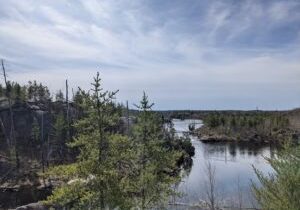
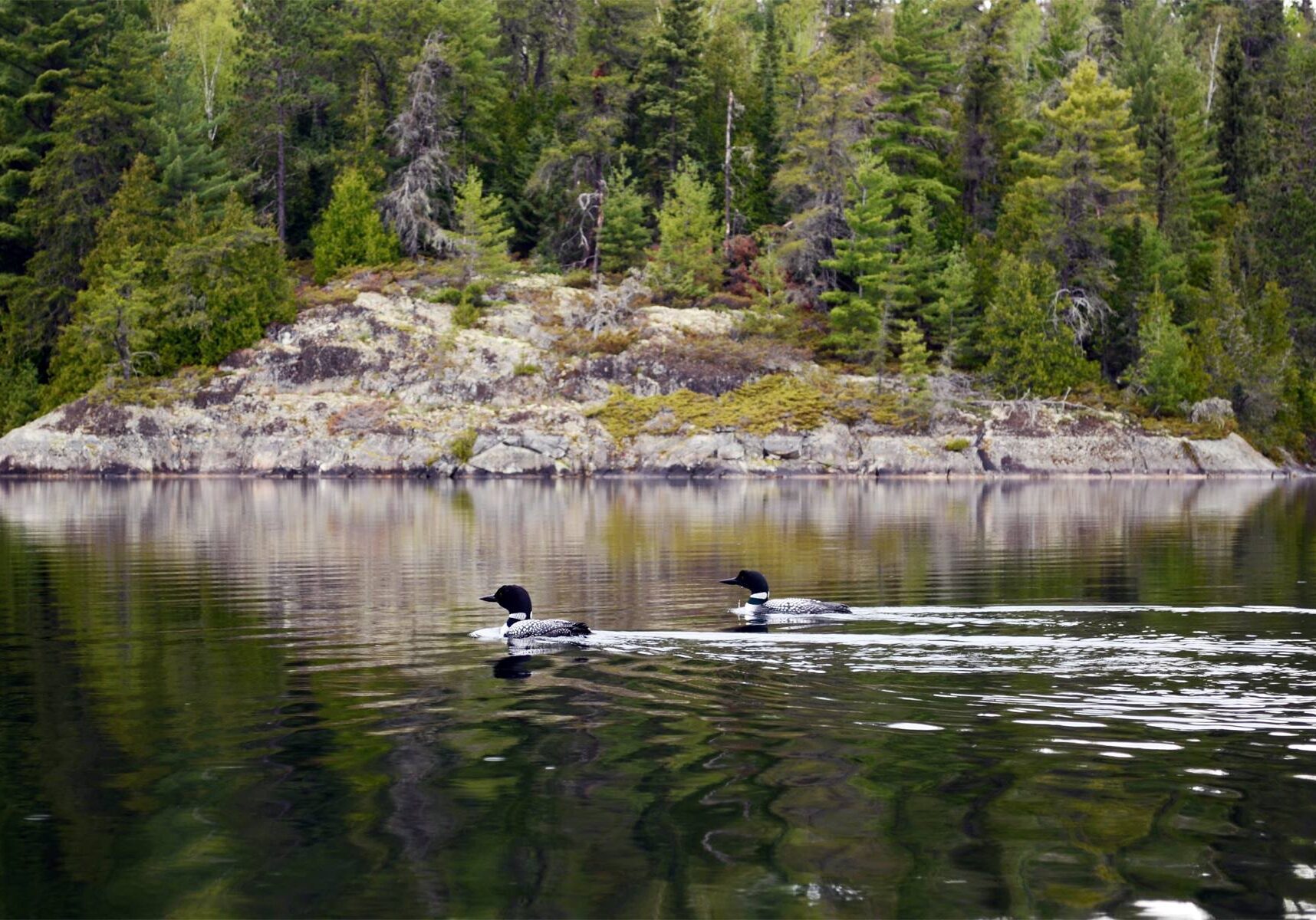
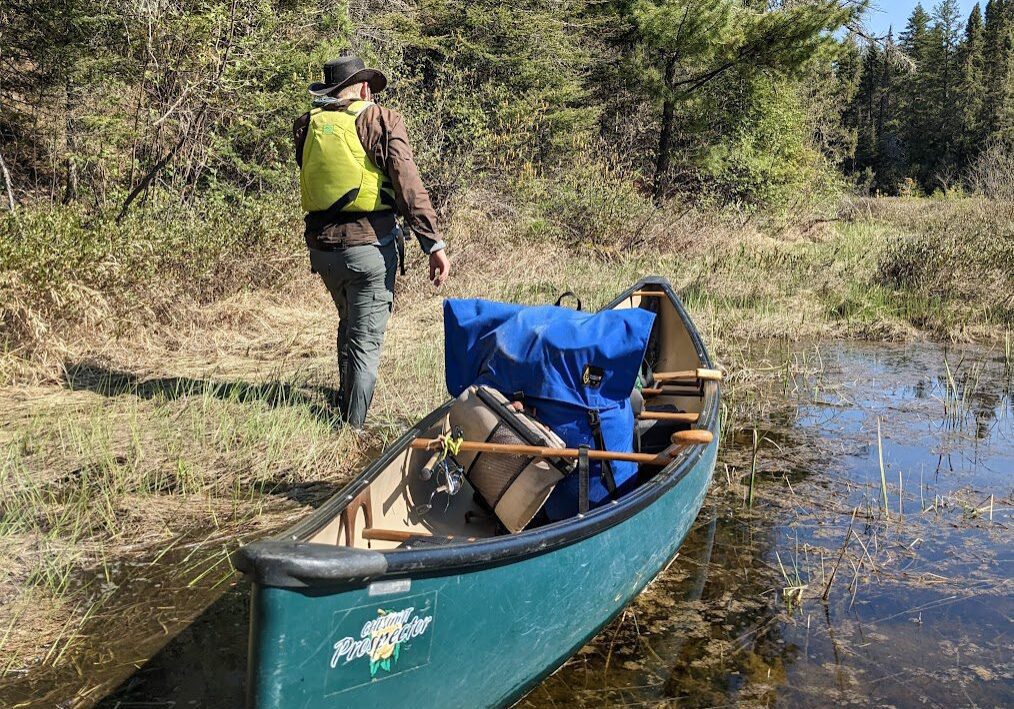
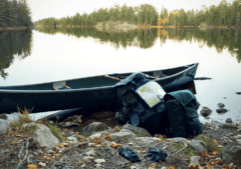
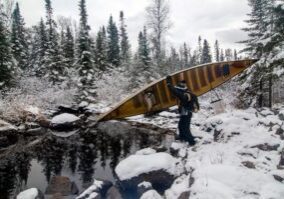
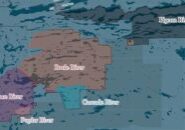
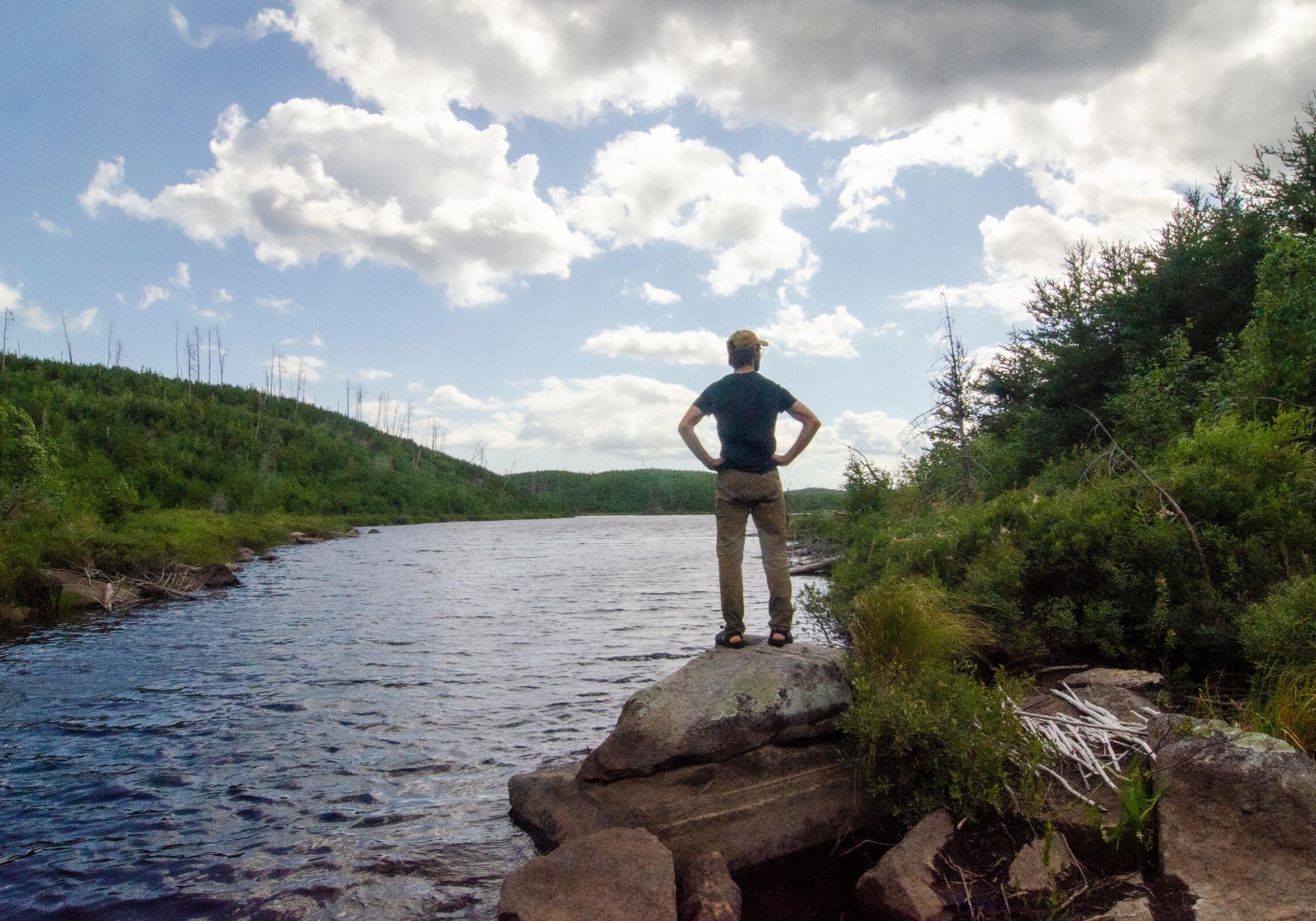
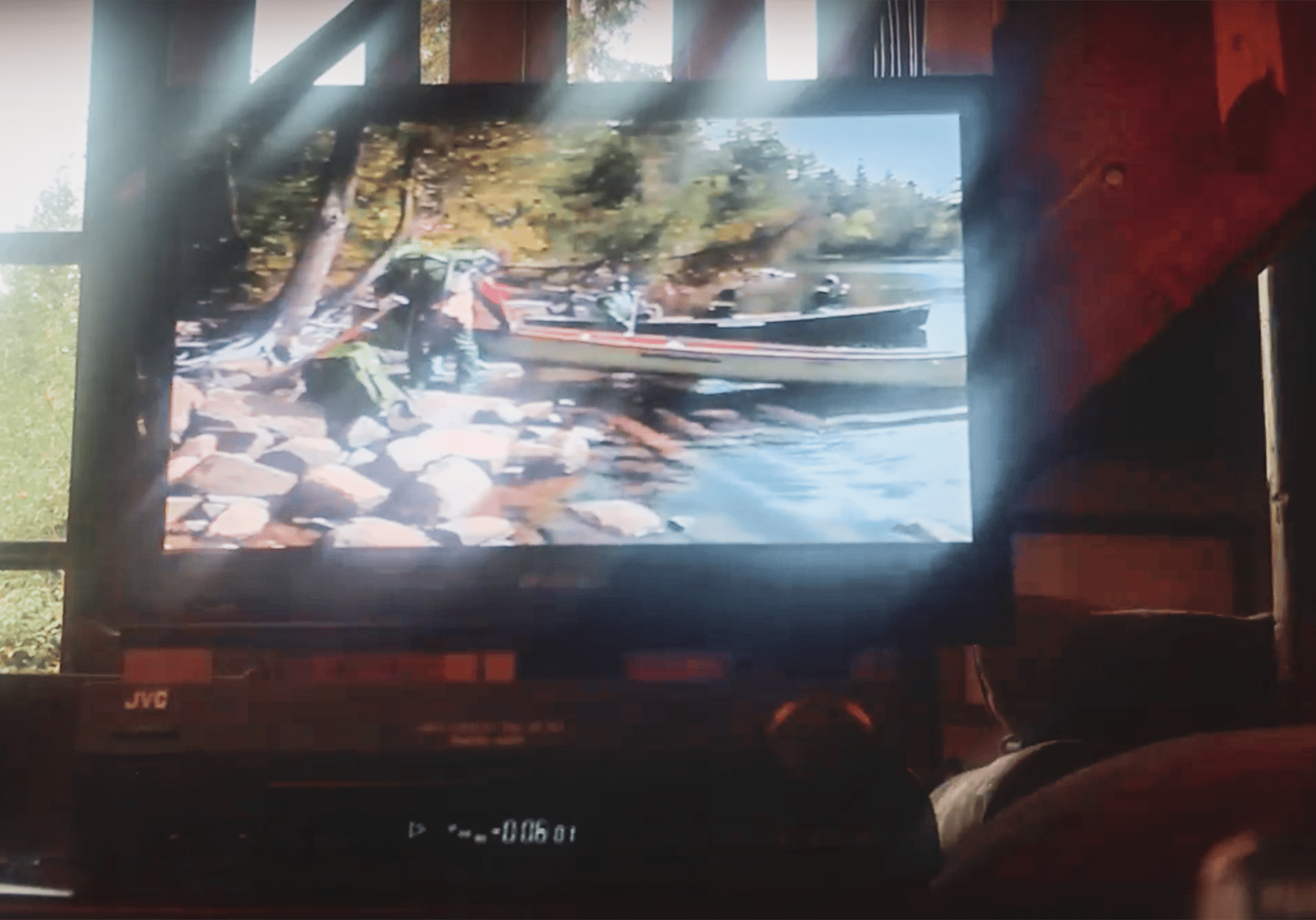

[…] the newest videos to their predecessors: a circa 2008 video and the video before the early ‘90s rule update, circa 1992 for the version we had. As part of the comparison process, we’ll look at the focus of […]